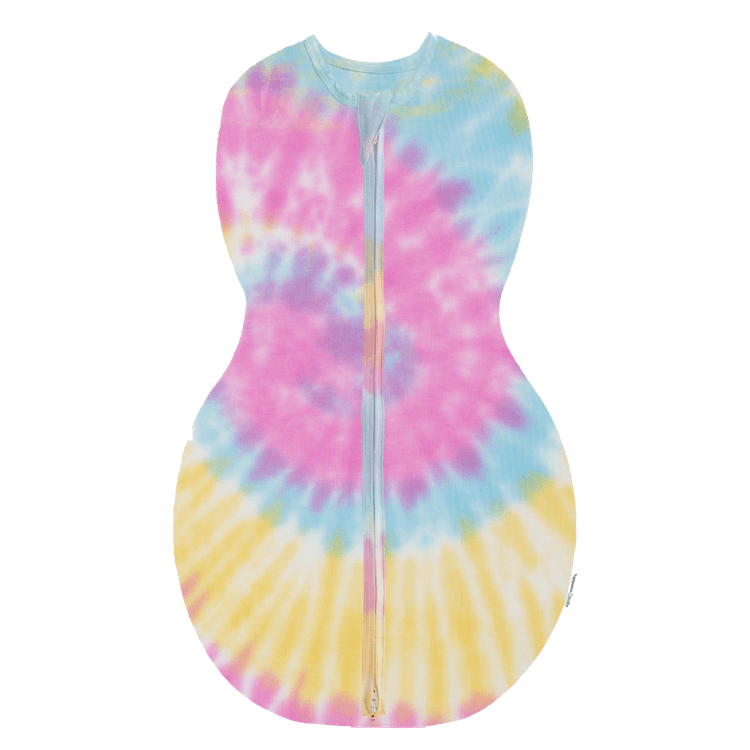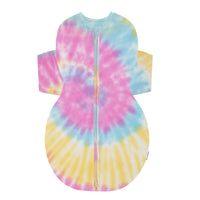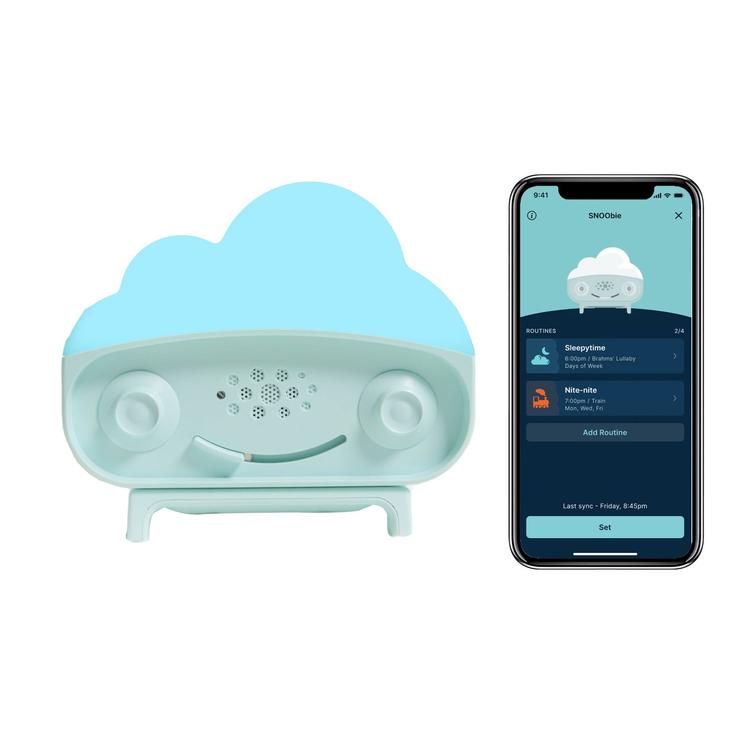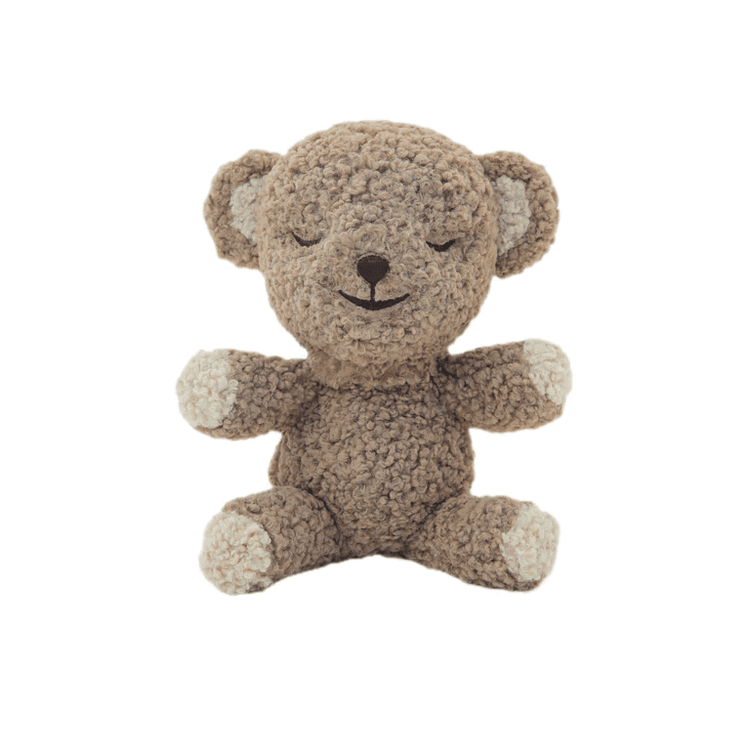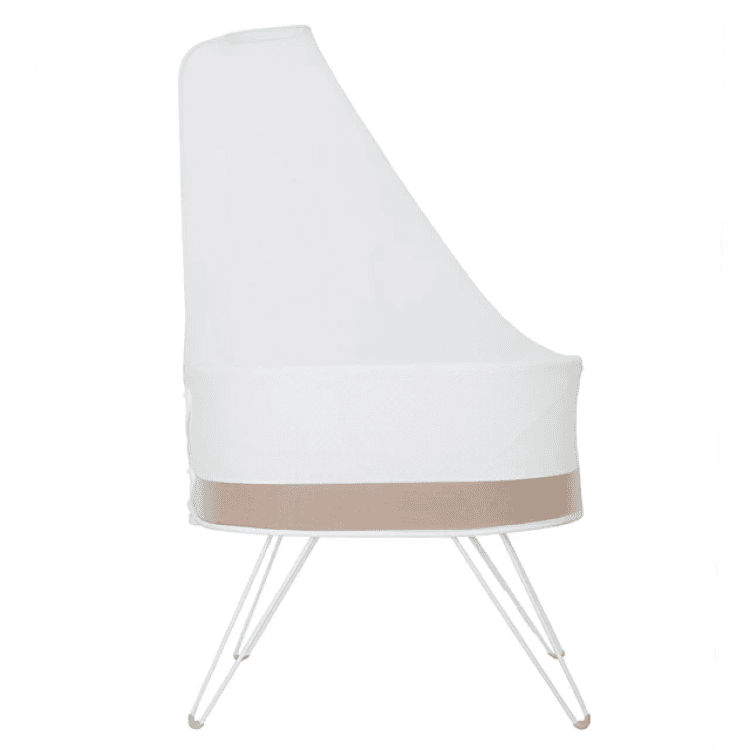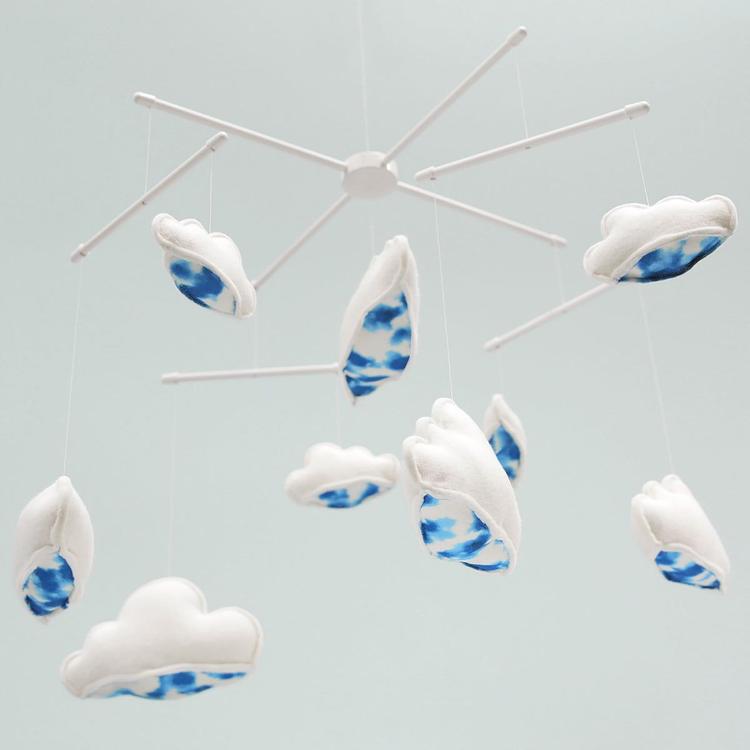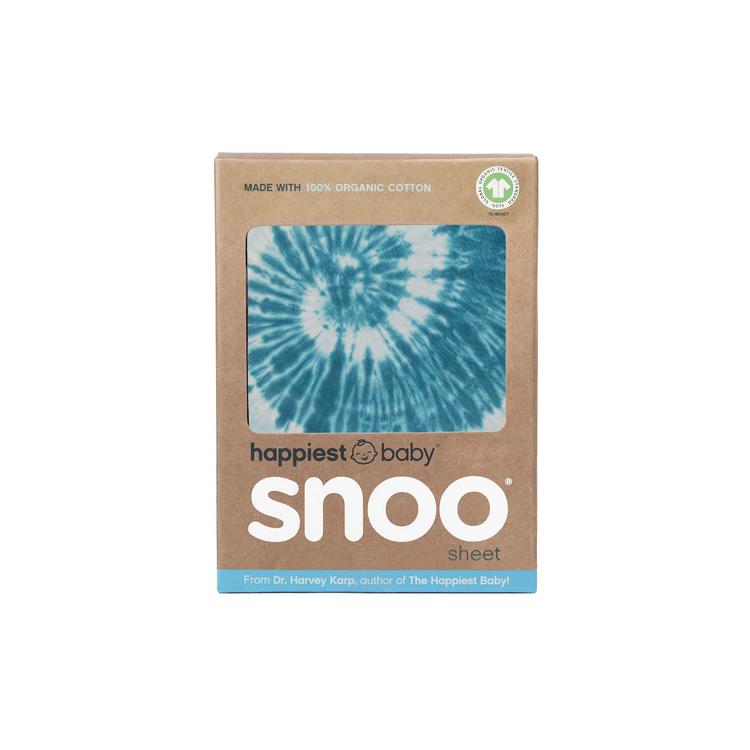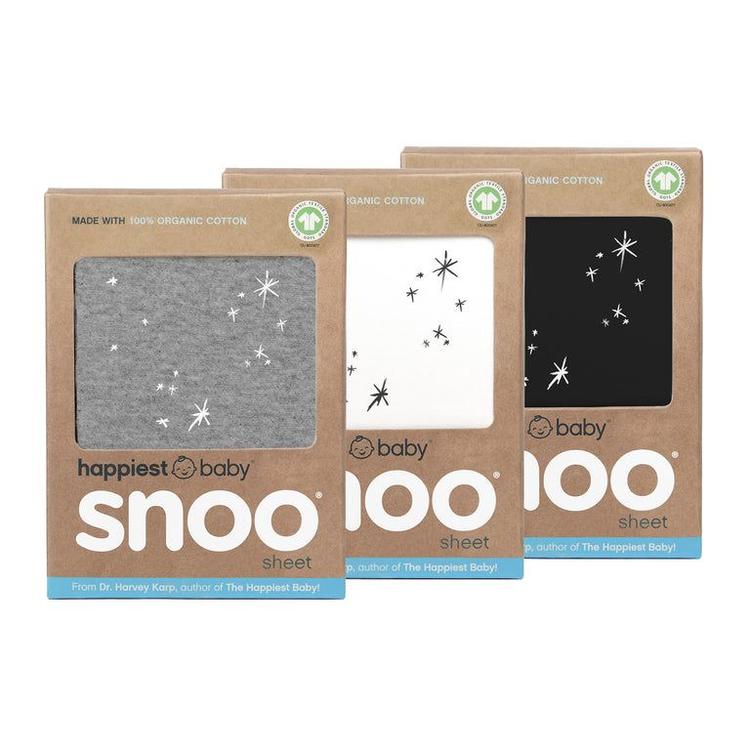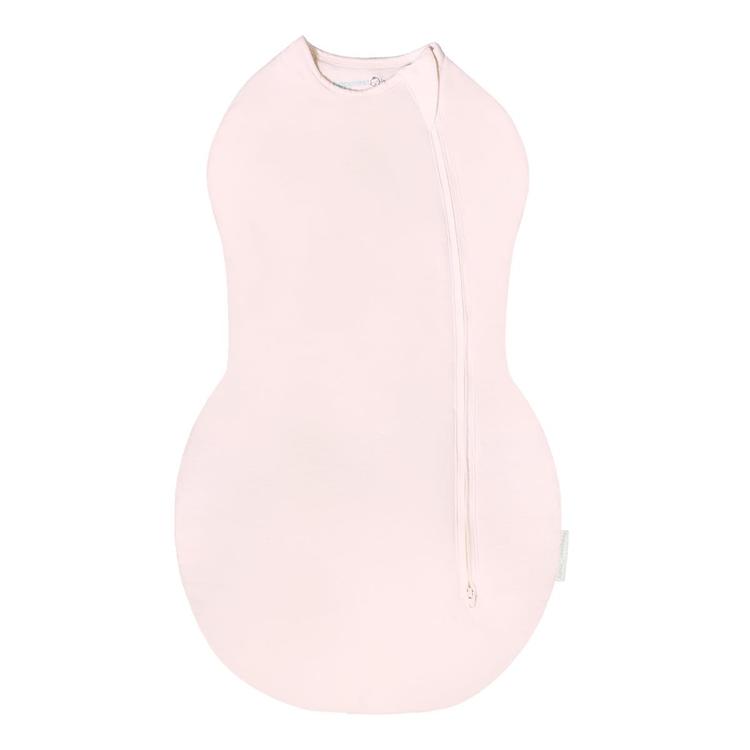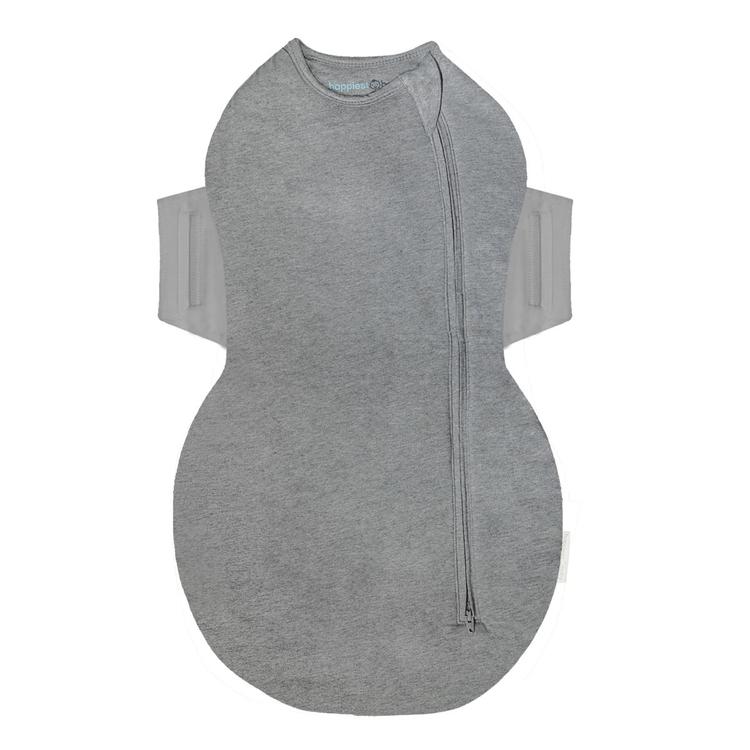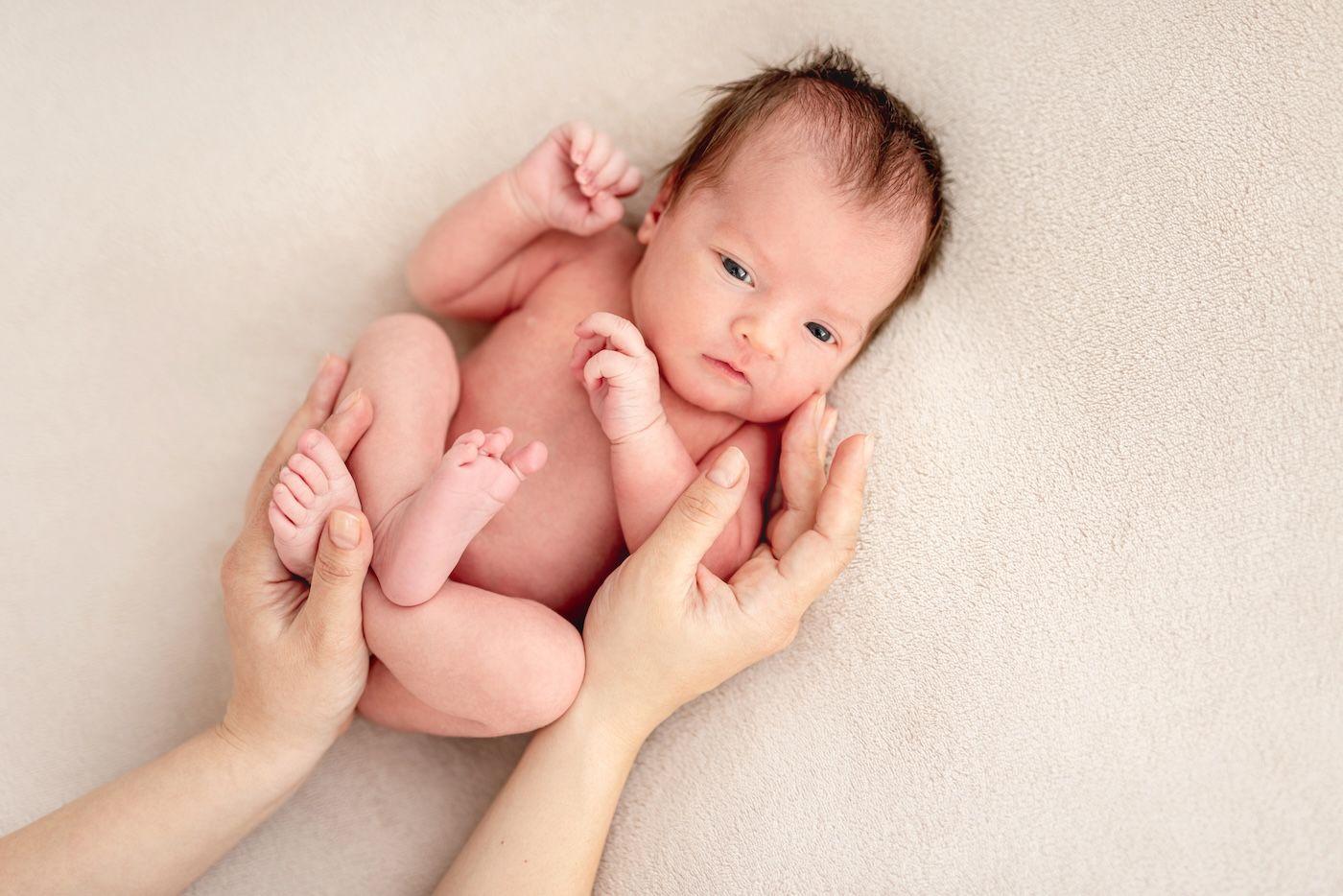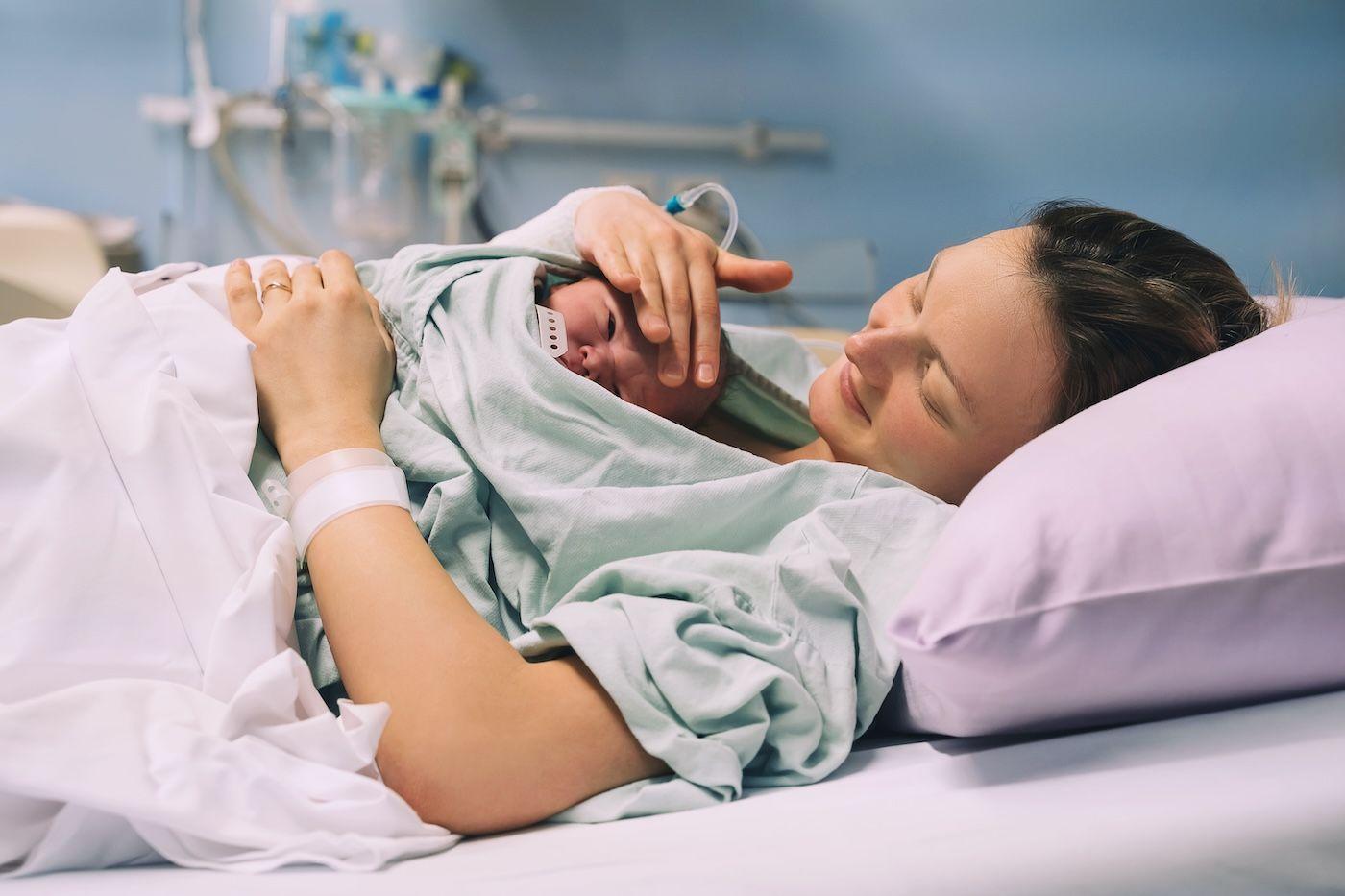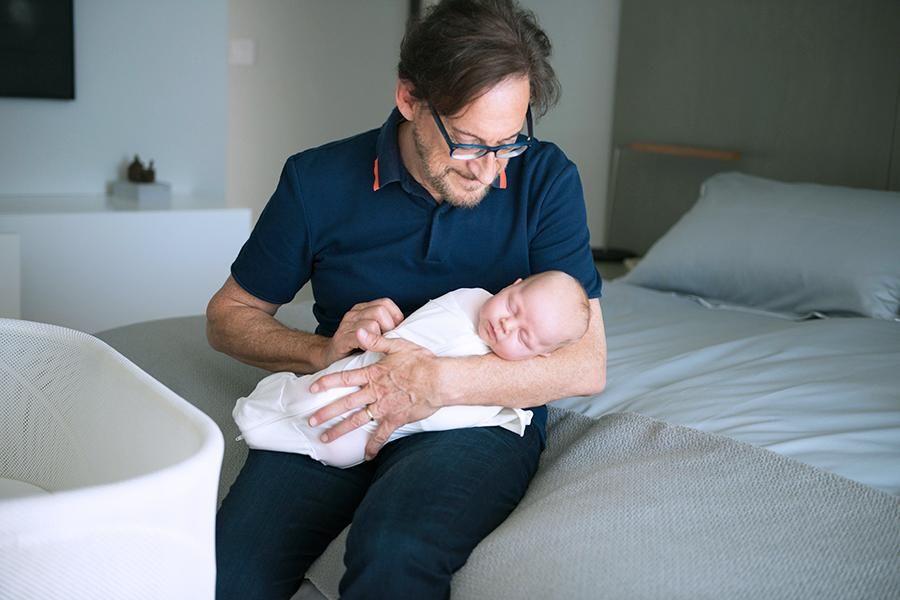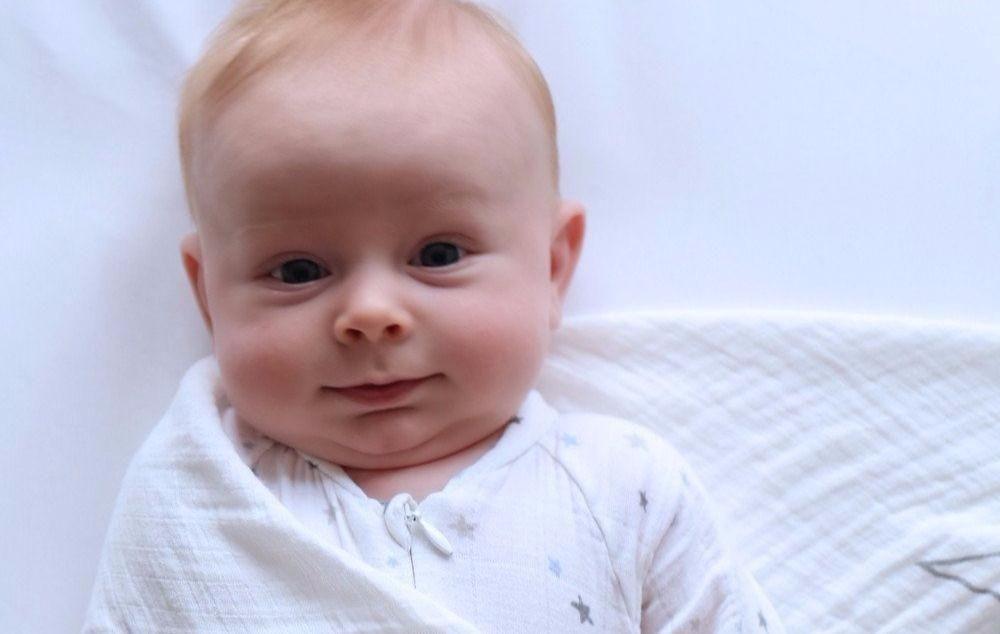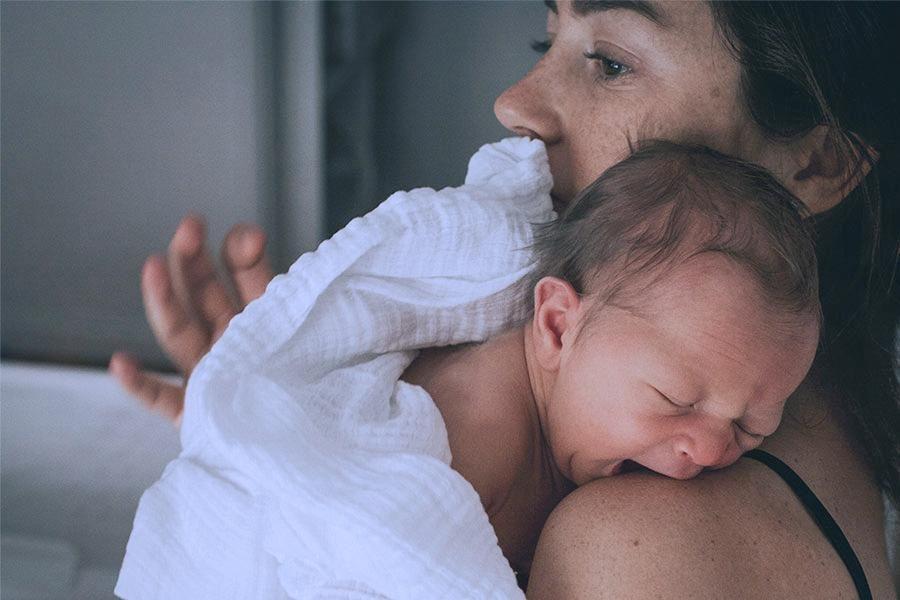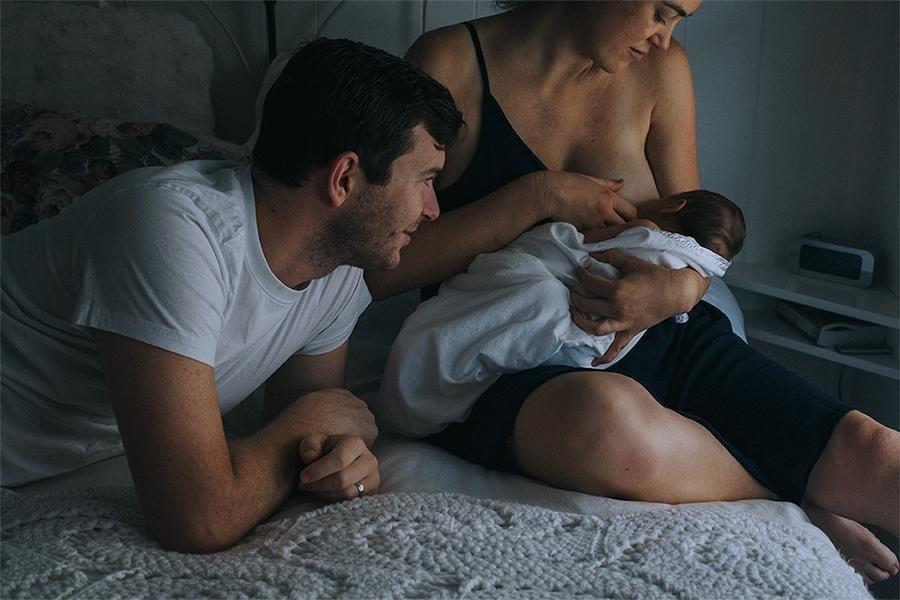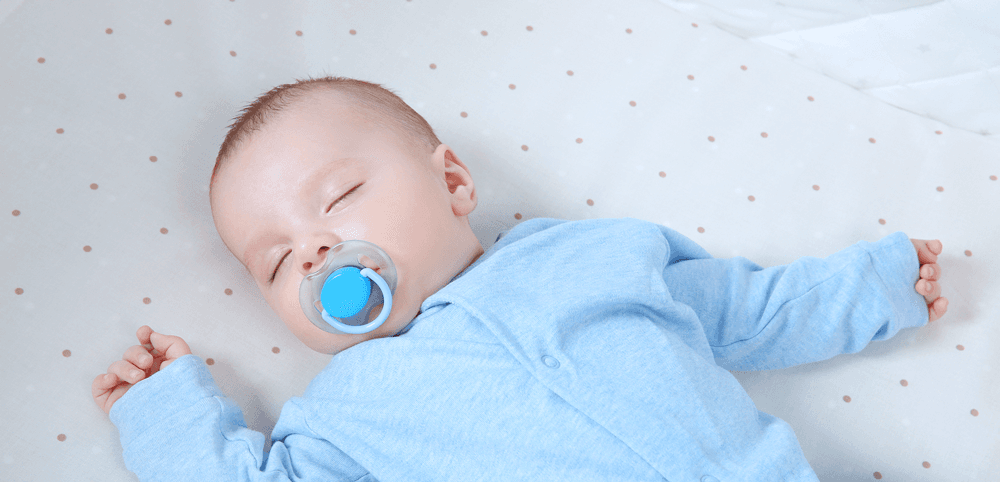When chilly temperatures roll in, you know just what to do to keep yourself warm at night: Slide into your favourite flannel pyjamas and reach for your cosiest comforter. But figuring out how to keep your baby warm in the winter, well, that is not as easy! After all, babies should never sleep with any loose bedding, including the blankets you love to wrap yourself in. So, how do you keep a baby warm at night—safely? Here is everything you need to know about making sure your baby is safe, warm, and sleeping well all winter long!
DO stick with cotton bedding and PJs.
Wearing fleece PJs and using jersey sheets are cosy ways to keep grownups warm during chilly nights, but the safest bedding, pyjamas, and sleepytime bodysuits for your baby are always 100% cotton. Breathable fabrics made from natural fibres, like organic cotton, keep little ones warm, while still promoting airflow…for less sweaty sleeping. On the other hand, synthetic fabrics are not breathable and can increase your bub's risk of overheating in their sleep. (PS: While you may think all jersey sheets would fit the 100%-cotton bill, some are actually a combo of polyester, rayon, and spandex. So, be sure to read labels.) Overheating is not only uncomfortable, it increases a baby’s risk of sudden infant death syndrome (SIDS). (Learn more about how to spot overheating in your baby.) For SNOO sleep, always use Happiest Baby’s SNOO sheets, which are 100% GOTS certified organic cotton, ensuring breathability and comfort all year round.
DO NOT use loose blankets.
The Lullaby Trust is clear: For your baby’s first year, do not place any loose blankets in your little one’s sleep space! That means no loose blankets draped over your baby’s cot, either. Soft objects, like comforters, blankets, nonfitted sheets, pillows, bumpers, and pillow-like toys all increase a baby’s risk of SIDS, suffocation, entrapment/wedging, and strangulation. This also means it is a big no-no to bring your baby into your warm bed to sleep! (The Lullaby Trust affirms that the safest place for a baby to sleep is in their own separate sleep space, such as a cot.)
DO use the right swaddle for winter.
A sleeping bag, a sleep sack, or a baby swaddle are all fantastic alternatives to using a dangerous loose blanket to keep your little one warm. Bonus: If you opt for a swaddle, you will not only keep your newborn warm, you will help to activate their internal calming reflex, or Baby’s “off switch” for fussing and “on switch” for sleep. But not all swaddles are the same. Here are some seasonal—and safety—rules to remember when putting your baby to bed in the winter:
- Swaddle warmth matters. Choose a lightweight, breathable cotton swaddle that is slightly insulated for when the weather is cooler to cold, like when your baby’s room is 20 degrees Celsius or lower. (Remember: Fleece and other synthetic fabrics increase your little one’s chance of overheating.) Safe and cosy choices include the Comforter Sleepea Swaddle and the Comforter SNOO Sack, both of which are super-soft, breathable, and comfy as can be, clocking an ideal 2.0 TOG rating, which means they are just-right for chilly fall or winter sleeps. (Learn all about TOG ratings.)
- Check the room temperature. Select your swaddle based on the temperature inside your little one’s room, not the temperature outside.
- Avoid weighted swaddles and weighted blankets. Lullaby Trust warns that these types of sleeping bags increase a baby's risk of overheating and head covering.
- Know when to stop swaddling. It is important to trade your little one’s baby swaddle for a wearable blanket once they can roll over. That said, babies can remain safely swaddled in SNOO until they graduate to the cot, thanks to SNOO’s award-winning design that keeps babies snoozing on their backs. (Learn more about when to stop swaddling.)
- Convert this swaddle to a sleeping bag. Is your baby rolling and under 15 kilograms? If so, your baby’s extra-large Comforter Sleepea can easily convert to a toasty and safe wearable blanket—as long as you undo the shoulder snaps, allowing your bub to sleep arms-free. (If your baby weighs 12 kilograms or less, sleeping hands-free in a large Sleepea works, too.)
DO NOT put a hat on your sleeping baby.
Sure, a hat is not bedding, but it is still a no-no when it comes to baby sleep…so, don’t let the old timey term “sleeping cap” fool you! The Lullaby Trust notes that babies do not need to wear hats indoors. Hats can increases a baby’s chance for overheating. Plus, they can fall off and cover your little one’s face, potentially posing a suffocation risk. (Hats-when-sleeping are only okay during Baby’s first hours of life or when in the NICU.)
DO pay attention to your baby’s temperature cues.
Unsure if your baby is too hot, too cold, or just-right? Simply feel your little one’s ears. If they are cold, your baby is likely chilly. (Try a little skin-to-skin cuddling to gently warm them up, dress your baby in a lightly insulated swaddle, like Comforter Sleepea, and make sure their room is at least 20 degrees Celsius.)
If your baby’s ears feel hot to the touch, your lovebug might be burning up, too. To help make your little one more comfortable (and safer), lower the thermostat so that Baby’s room temperature is less than 22 degrees Celsius. And consider removing a layer of clothing. Research shows that a baby’s risk of SIDS increases during the colder months, likely because of overheating caused by trying to keep their babies warm.
If your baby’s ears feel neither too hot nor too cool, then their body temperature is where it should be!
DO NOT put your baby near a drafty window or a heater.
The position of your baby’s cot or bassinet in the room affects how comfortable they are during sleep. That means it is important to place your little one’s cot or bassinet several feet away from any drafty windows, outside walls, and air vents. And if you are warming up your baby’s room with a space heater…stop! You should only use a space heater when you are home and awake. Experts warn that you should never leave a space heater running while you are sleeping and you should never leave young children alone in a room with a space heater.



